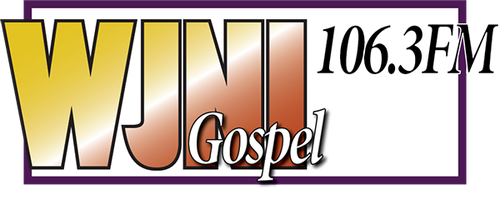Group fighting to protect dolphin feeding habitat from boat traffic
JOHNS ISLAND, S.C. (WCBD) – A Lowcountry advocacy group is asking for assistance from the Department of Natural Resources in making a critical dolphin feeding habitat protected from boat traffic.
Captain Sam’s Inlet, tucked between Seabrook and Kiawah Islands, is one of the few places in the world where dolphins strand feed. A rare and unique behavior in which dolphins momentarily beach themselves to eat.
“They momentarily beach themselves or strand themselves which creates this tidal wave pushing the fish ahead of them they grab the fish and then they sort of wiggle back into the water,” said Lauren Rust, the executive director of the Lowcountry Marine Mammal Network.
The behavior brings in dozens to hundreds of visitors to the islands each day. National Geographic, Netflix, and other major media outlets have visited Captain Sam’s Inlet to view and video the behavior.
But a local education-based non-profit, the Lowcountry Marine Mammal Network (LMMN), has put in a request to the Department of Natural Resources to make the inlet a no-wake zone to protect the dolphins while they’re feeding.
“They’re spending a significant amount of time there and we know that DNR has protected other areas such as crab bank for example for things like bird nesting season or turtle nesting season and so we’re asking them to take that same approach with these animals,” said Rust.
In an email sent to DNR obtained by News 2, Rust explains further why a no-wake zone would be beneficial to the dolphins, but onlookers as well.
“Based on long-term monitoring and research, this inlet is a critical feeding habitat for resident dolphins who spend upwards of 12 hours/day in the inlet. Last year, we recorded over 800 strand feeding events (an attempt by the dolphins to feed). This a fraction of what actually happens when we aren’t there. This behavior attracts dozens to hundreds of onlookers each day and both islands promote this as an “attraction”. Both towns fund and contract my organization to be on-site and provide real-time education. But, this behavior can be immediately halted when a boat, going above idle speed, cruises through and disrupts both the fish and any feeding attempts. Often the dolphins dive, abandon feeding, or leave the inlet altogether. This leaves the dolphins without a meal and onlookers disappointed. The boats often can’t/don’t see the dolphins when going at full speed and often drive directly overtop, risking the chance of harming them. I understand there are criteria for creating a No Wake Zone but this area needs to be managed more than just another waterway.”
-Lauren Rust, LMMN
In 2020, the first request by LMMN to make the area a no-wake zone was denied due to the inlet not meeting DNR’s criteria. According to DNR’s website, current South Carolina law requires that boaters observe a “no wake zone” within 50 feet of a moored or anchored vessel, a wharf, pier or dock, or a person in the water.
News 2 reached out to DNR regarding Rust’s request, but we have not yet heard back. This is a developing story, stay with CountOn2 for updates.


